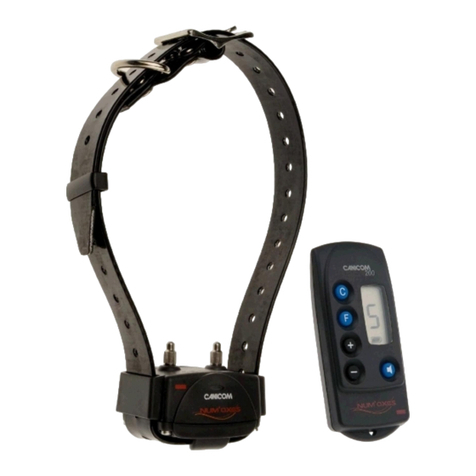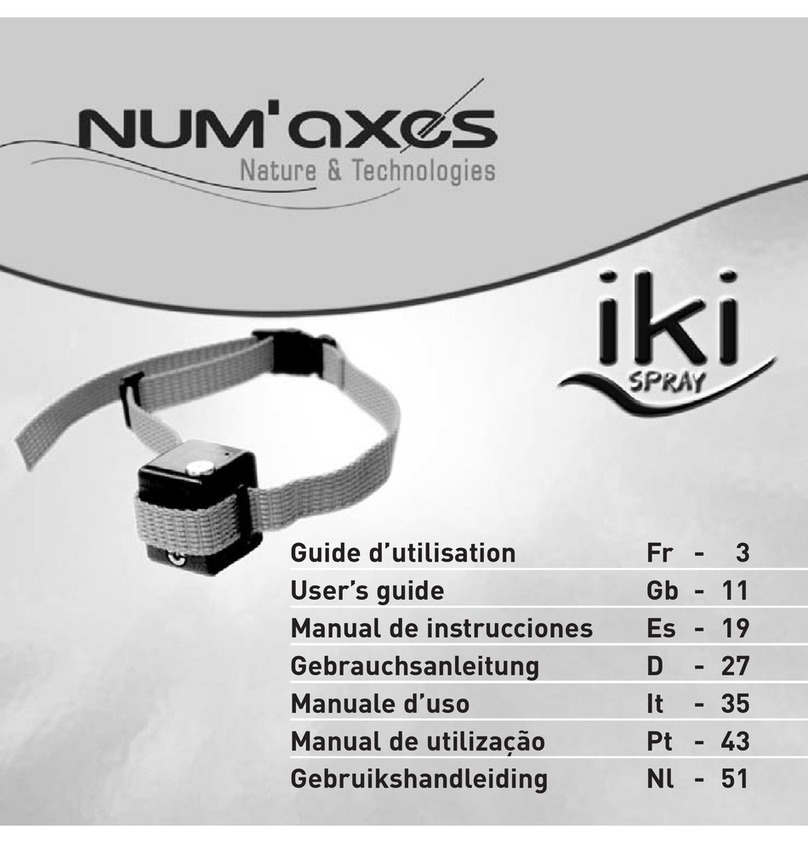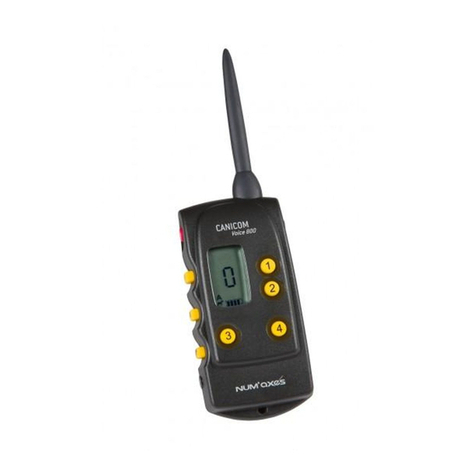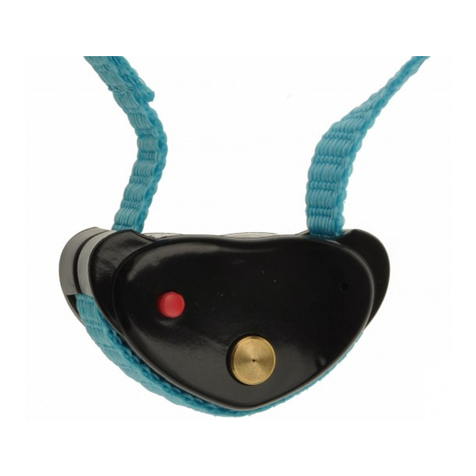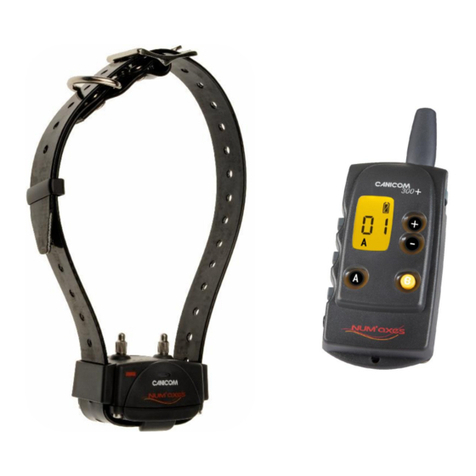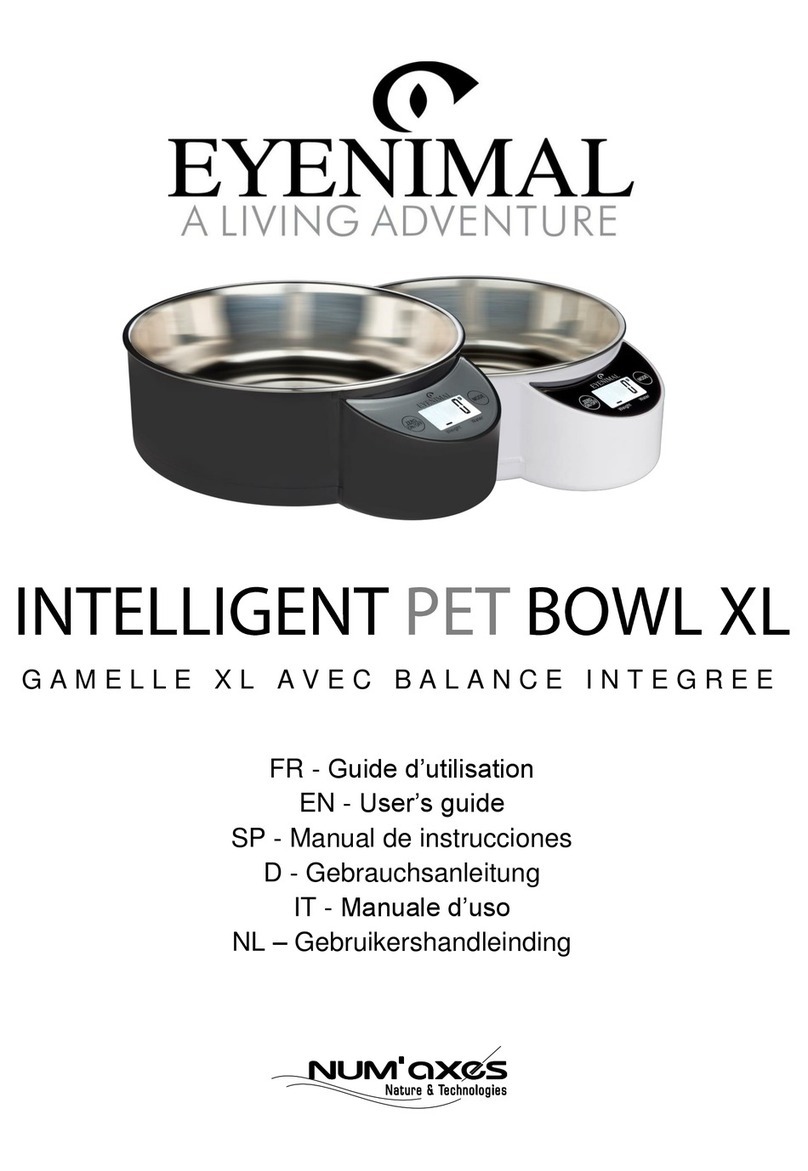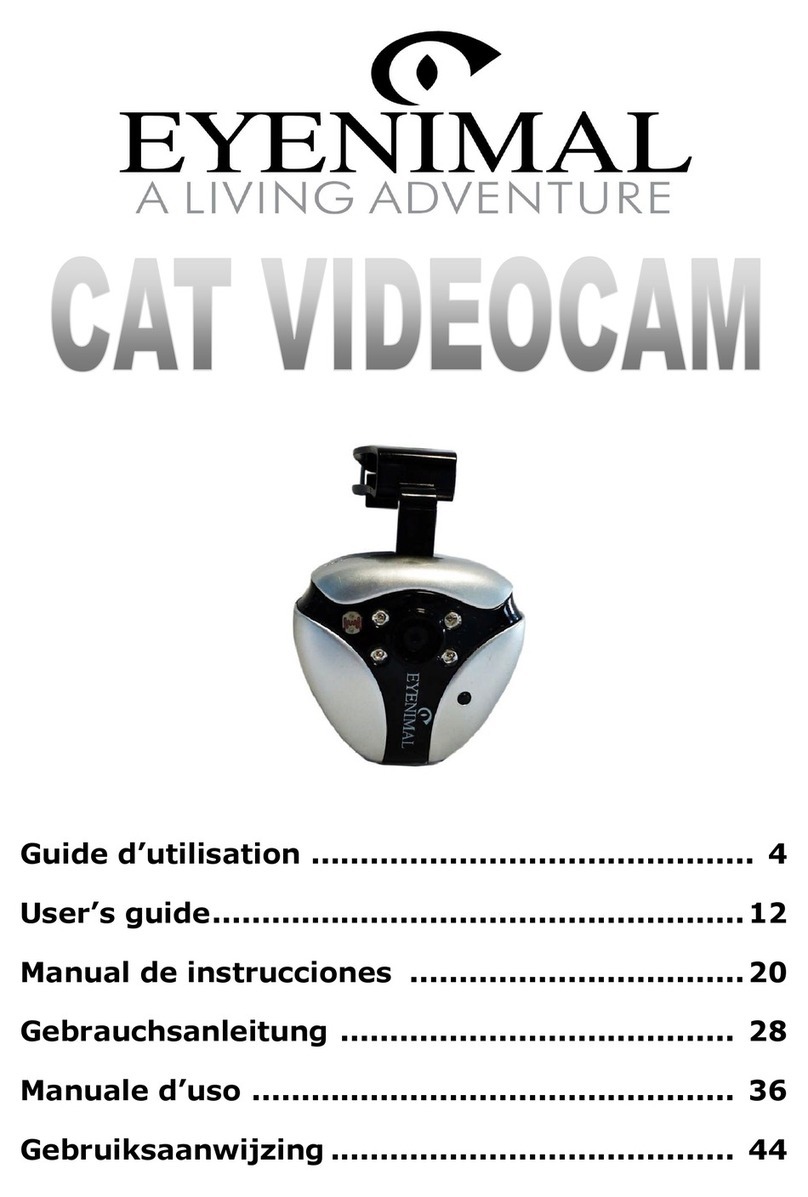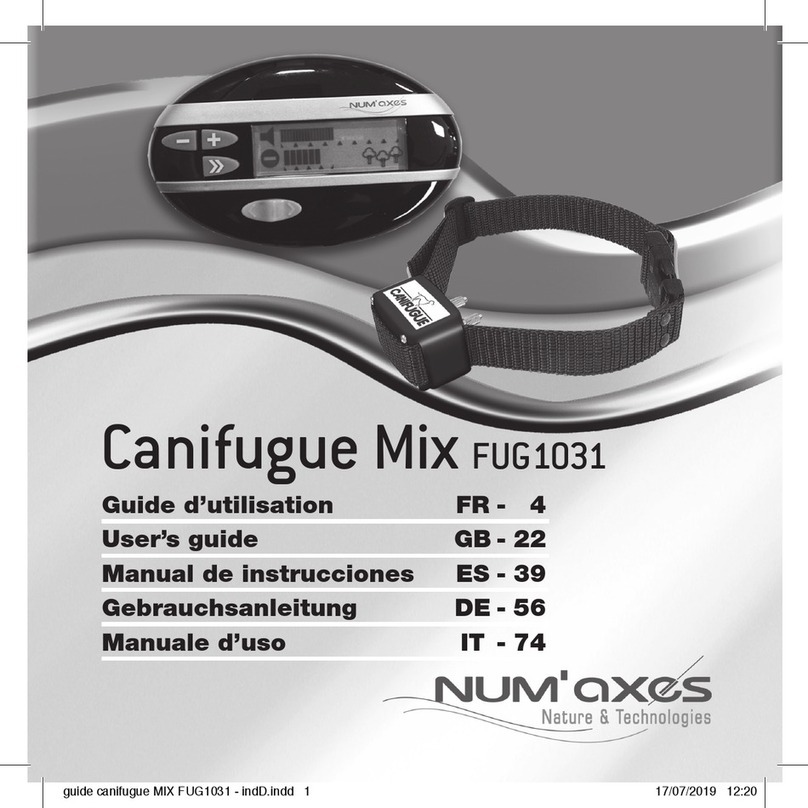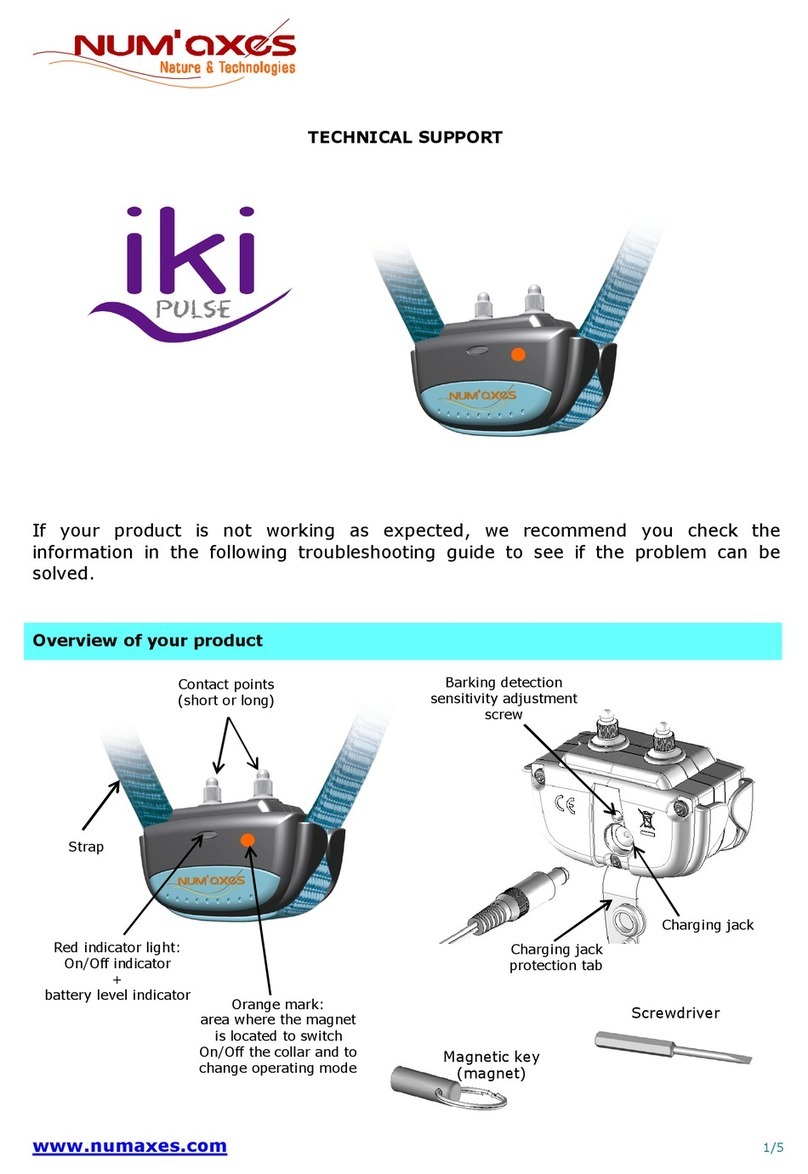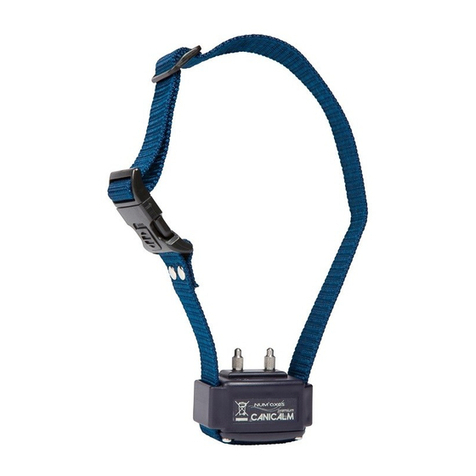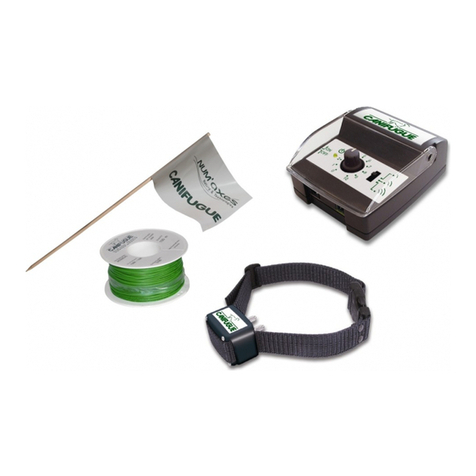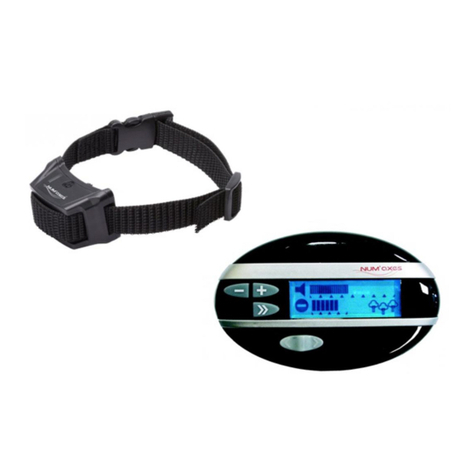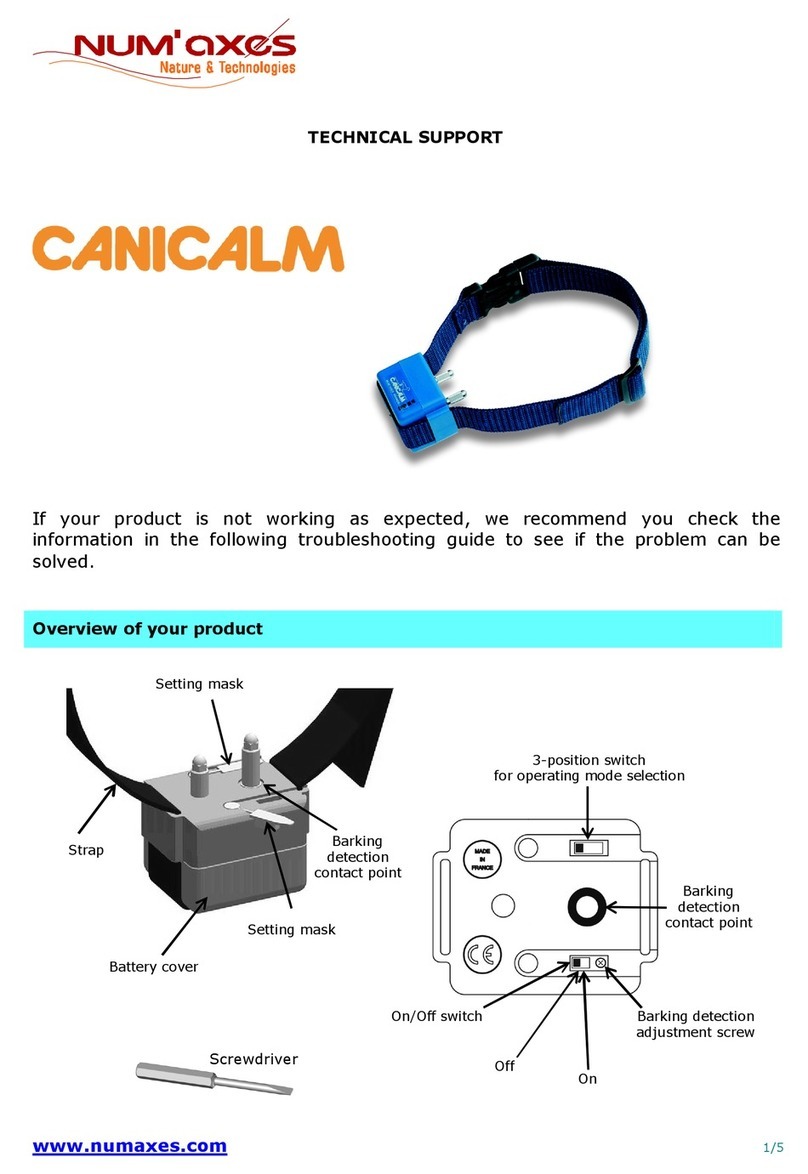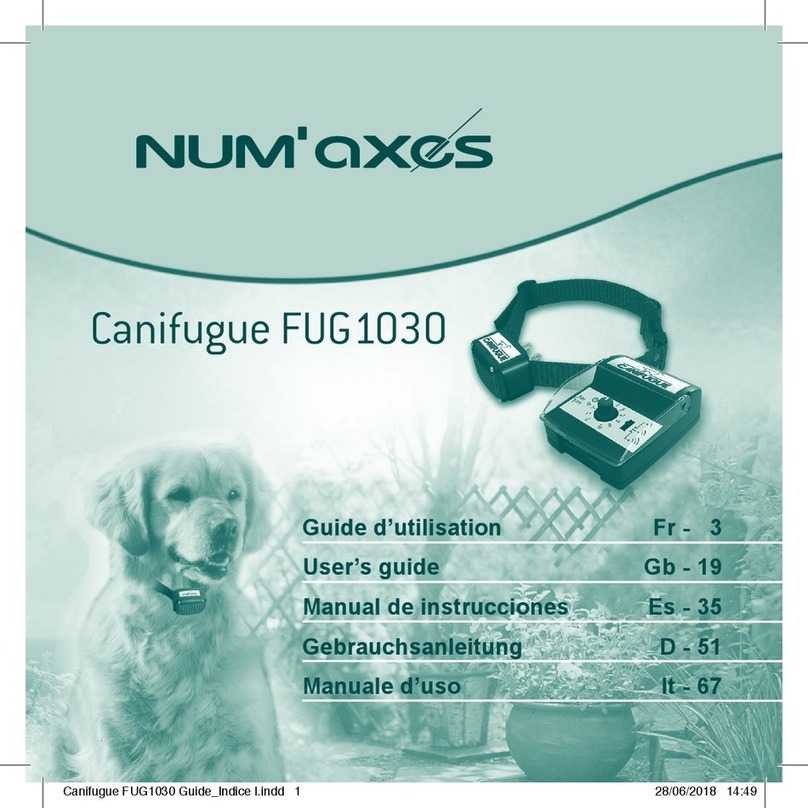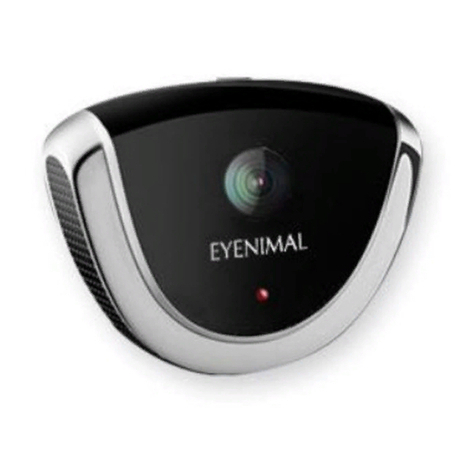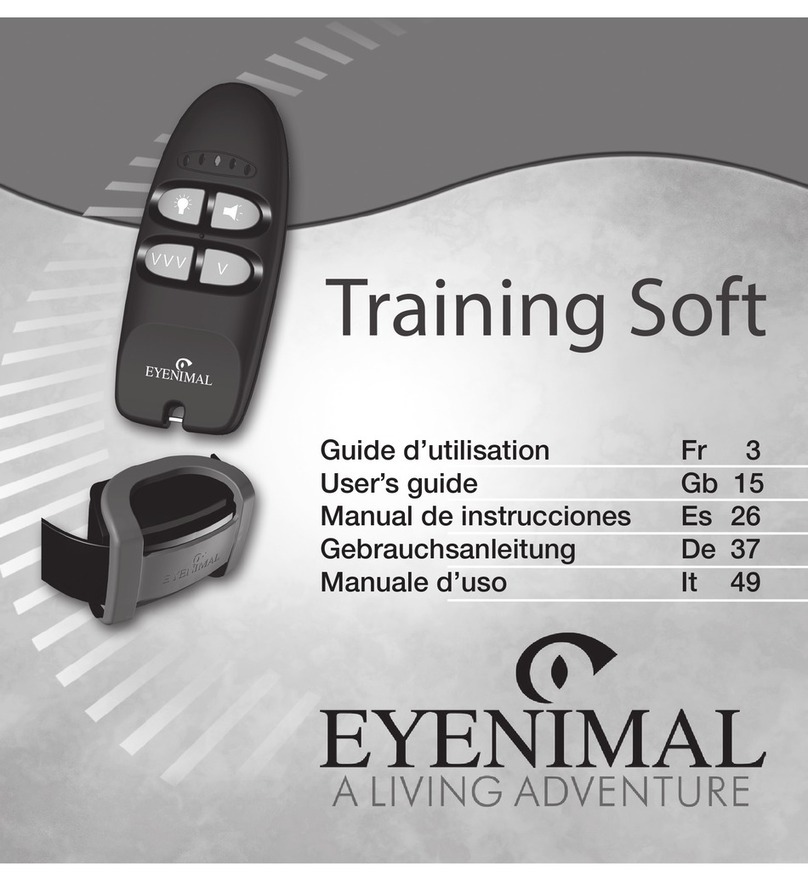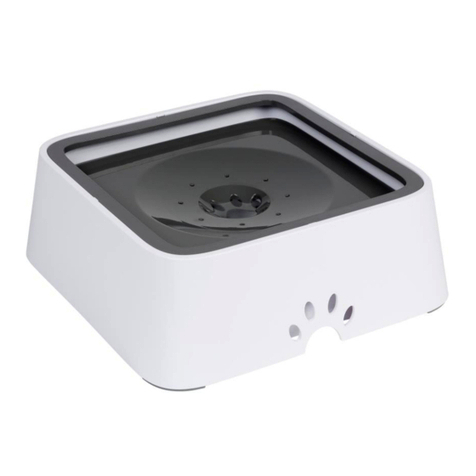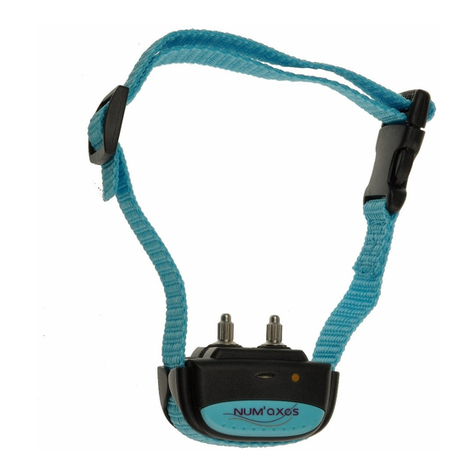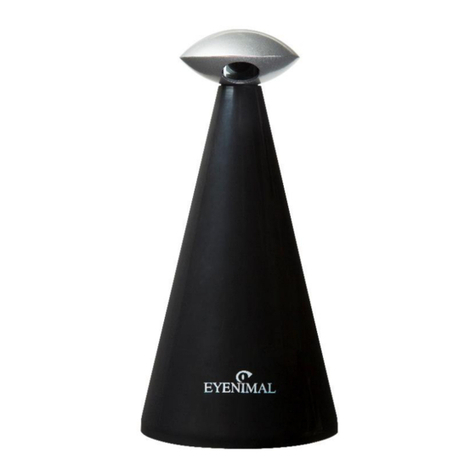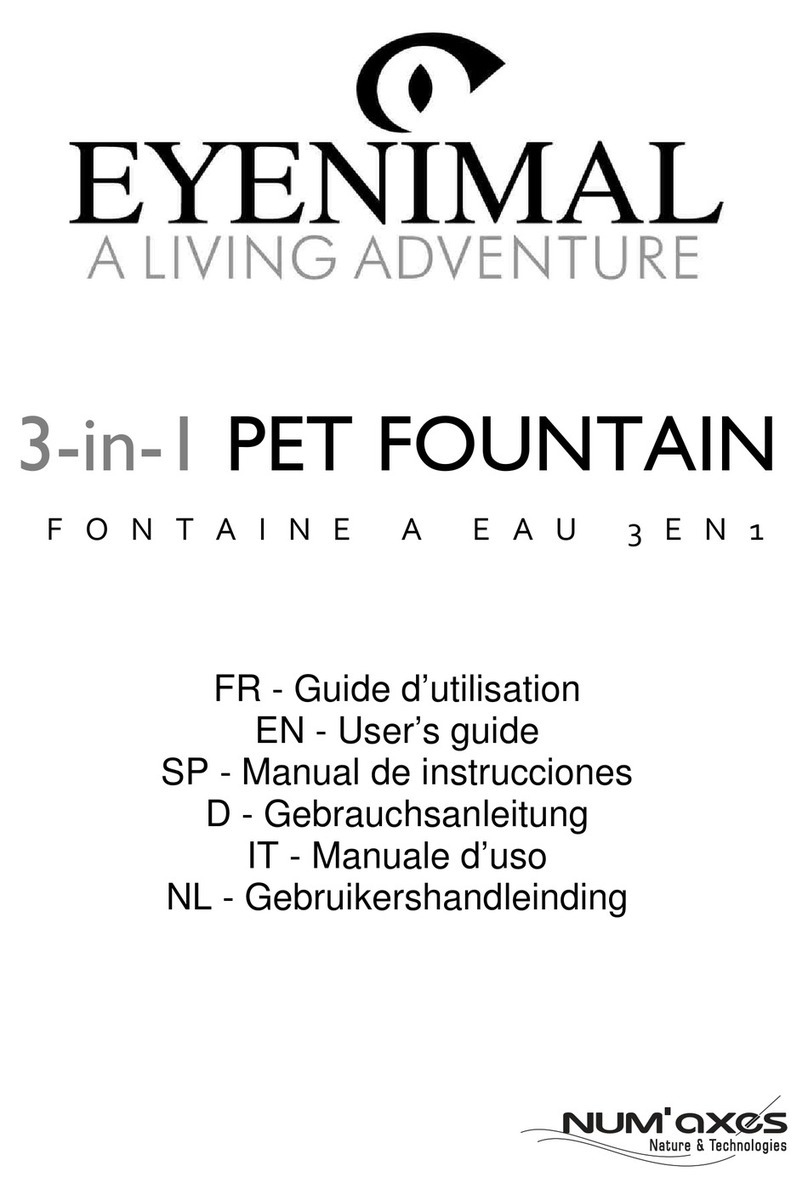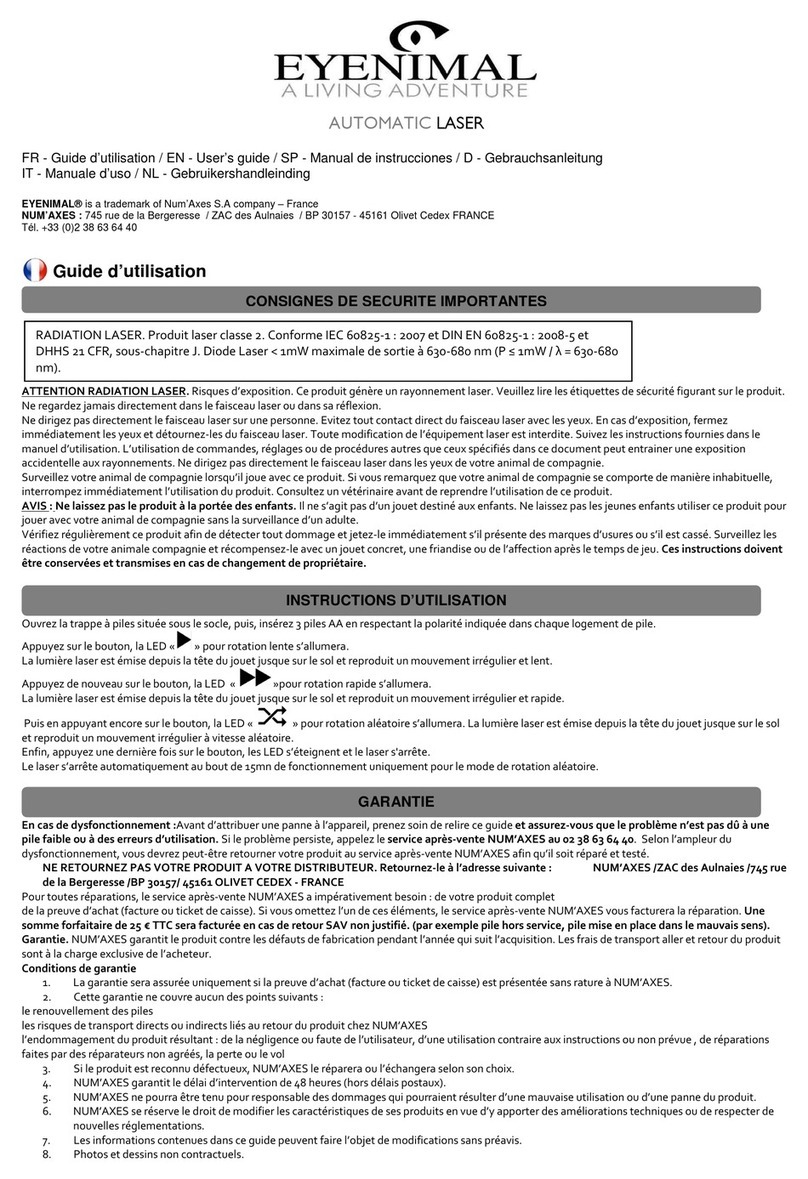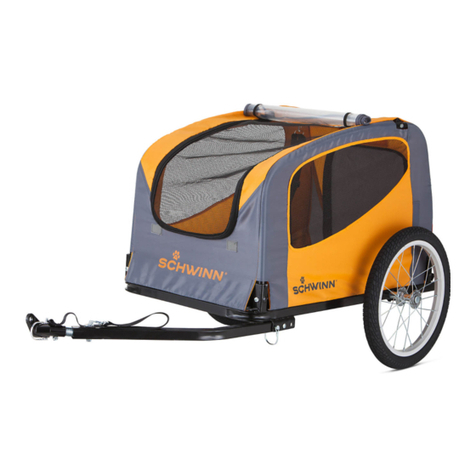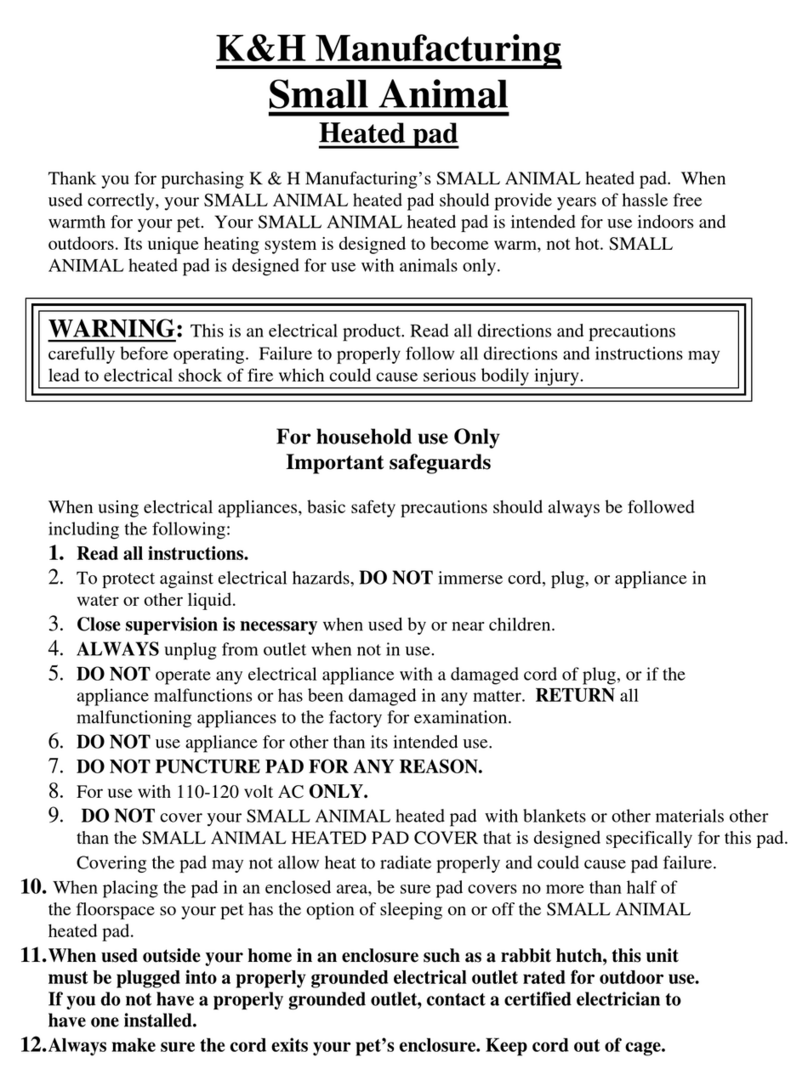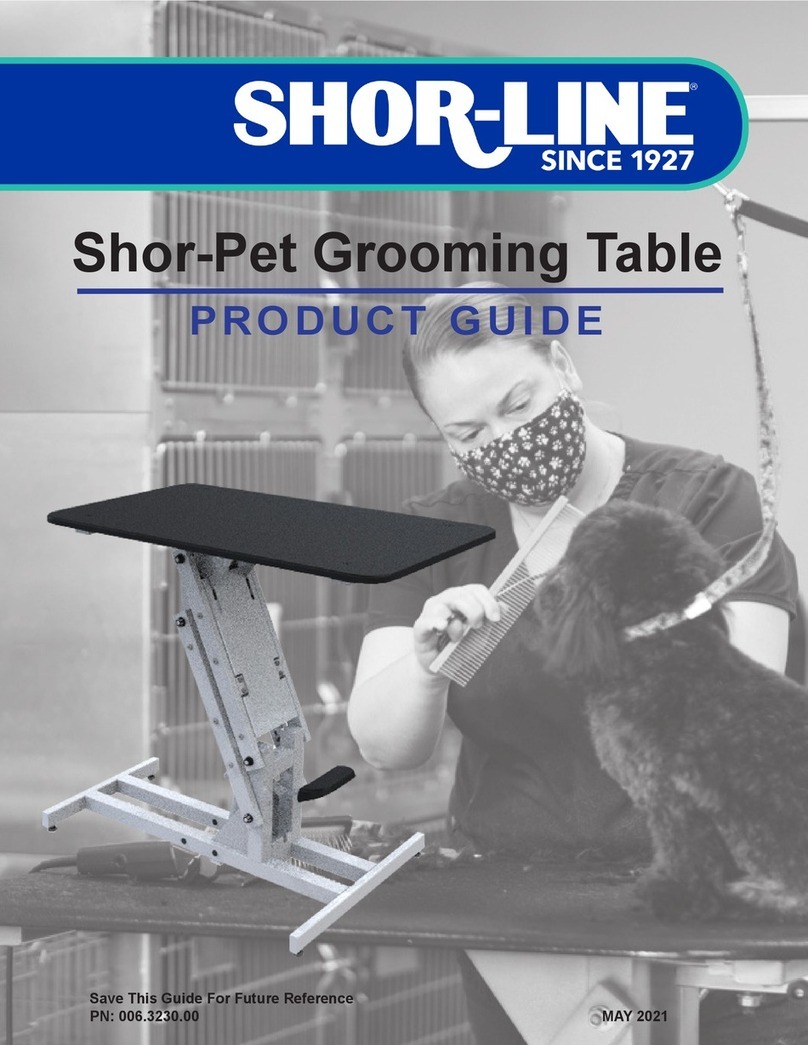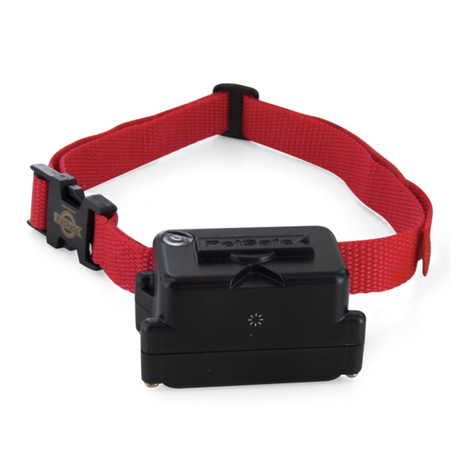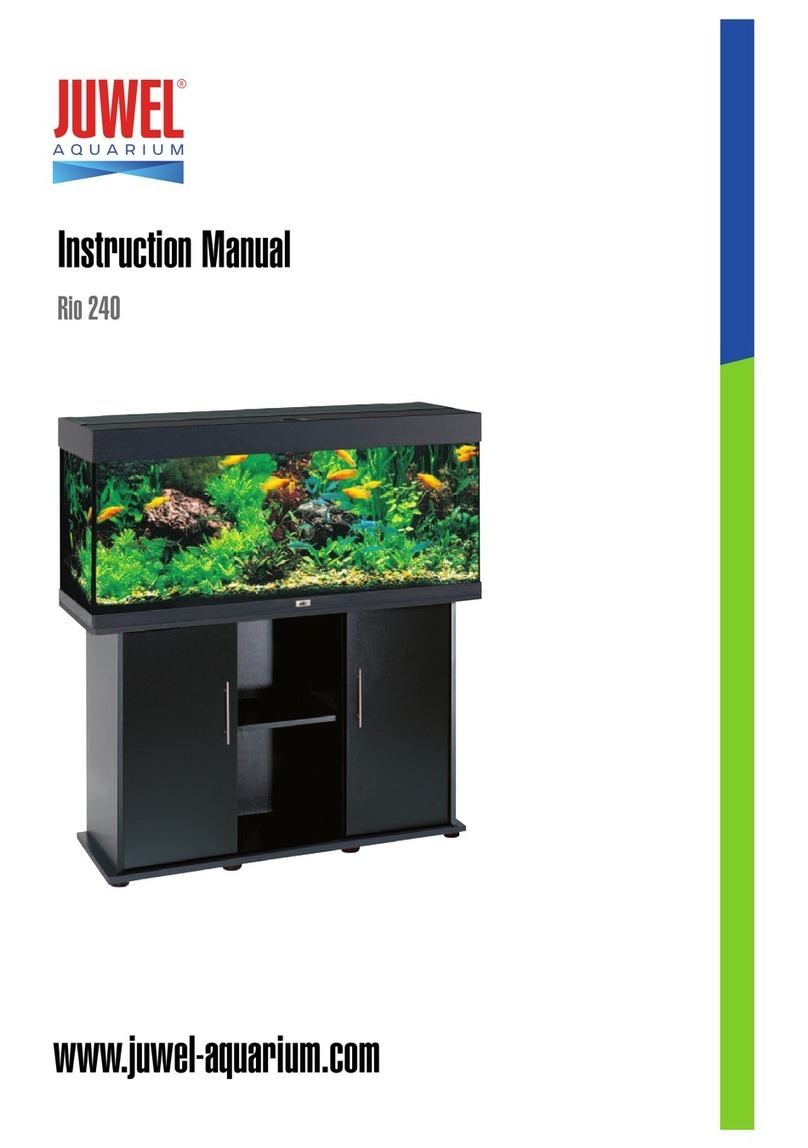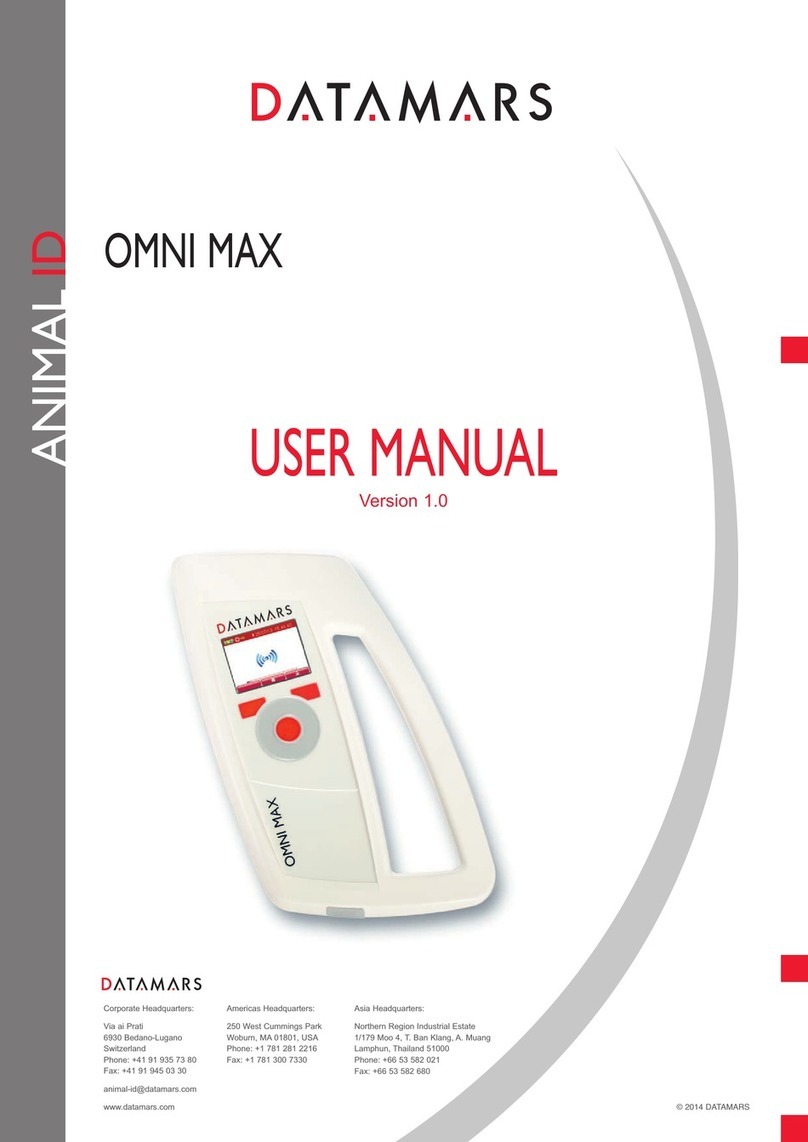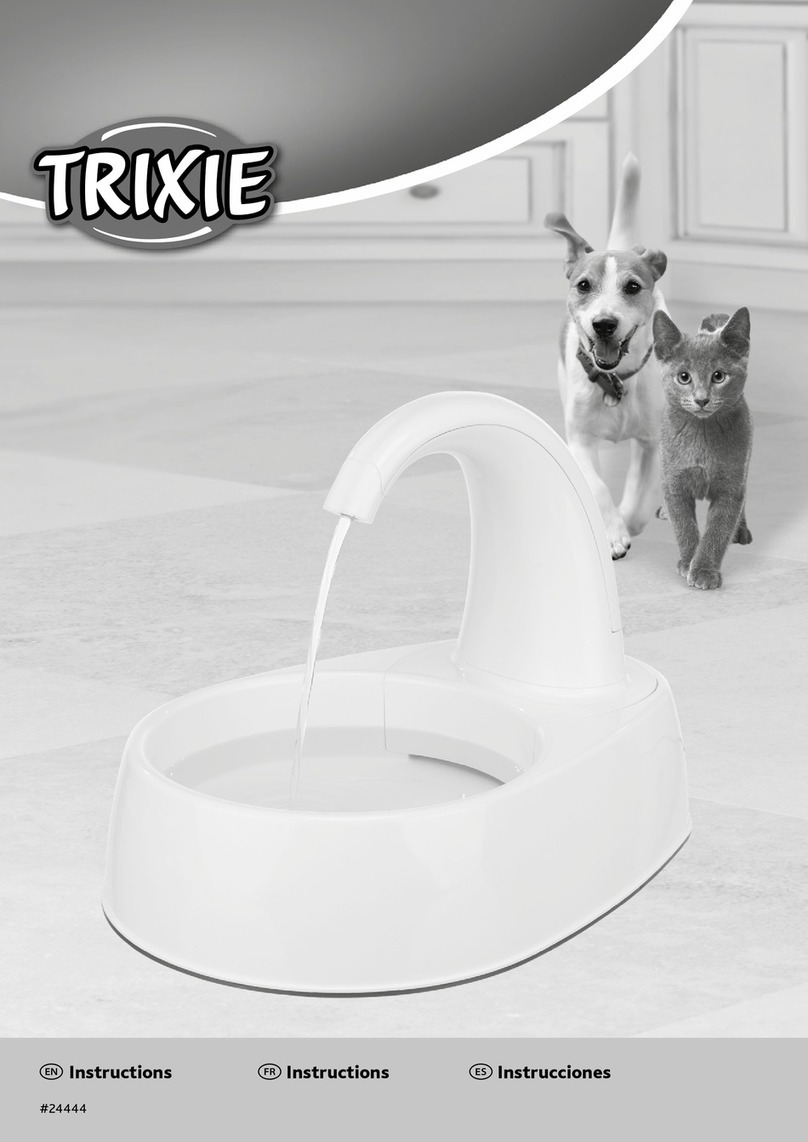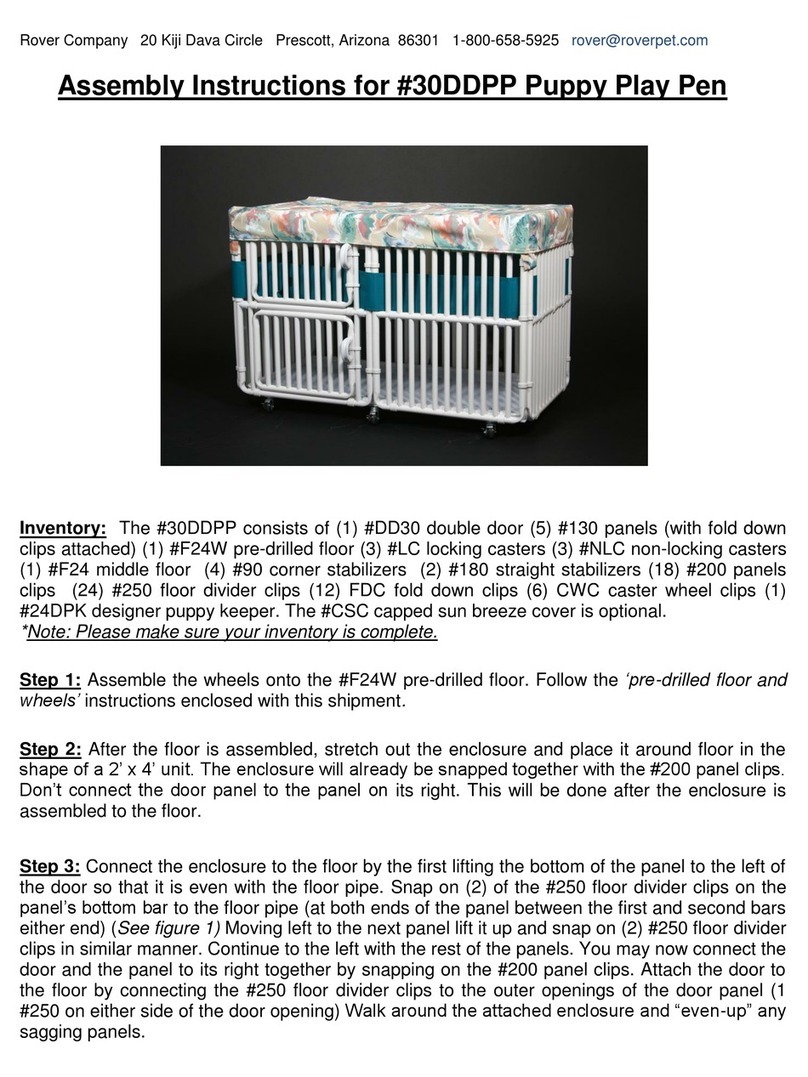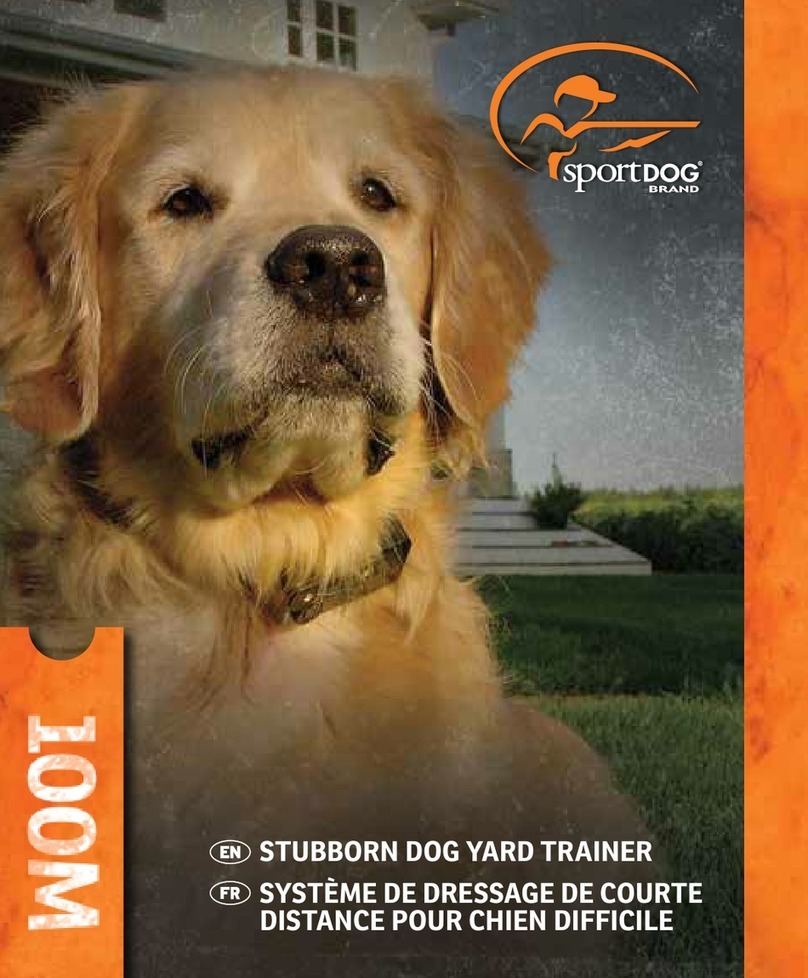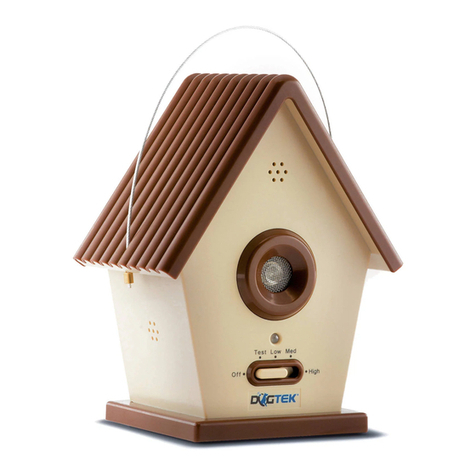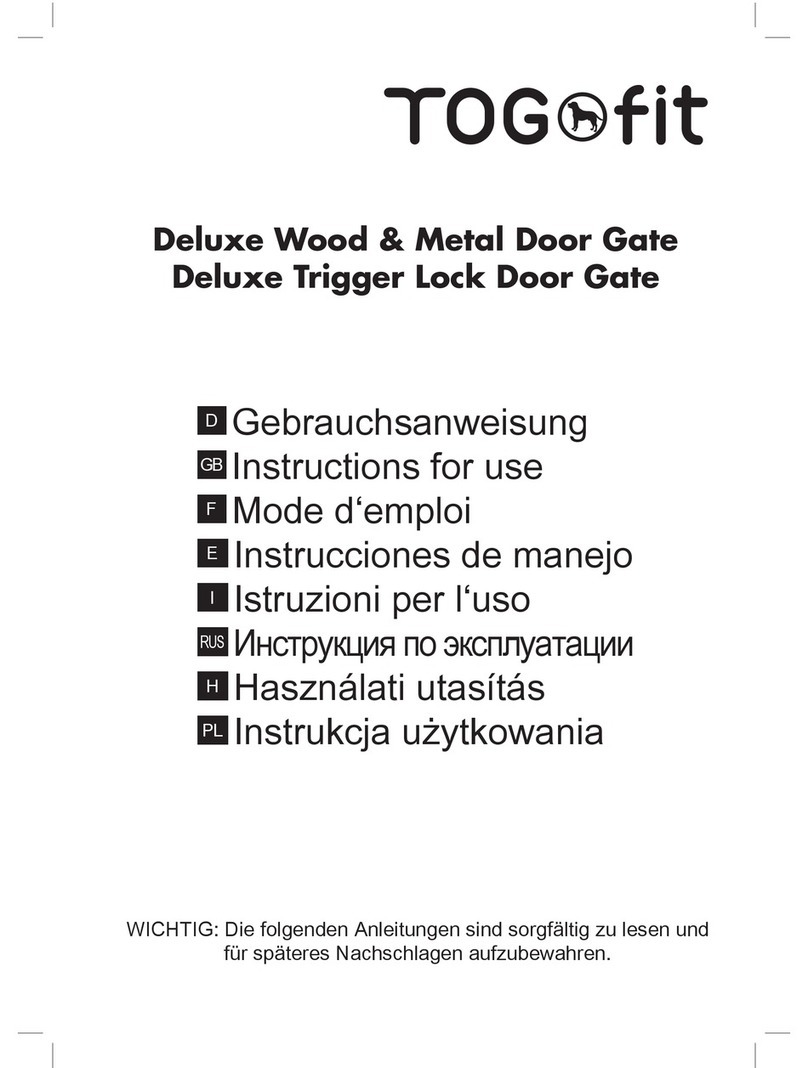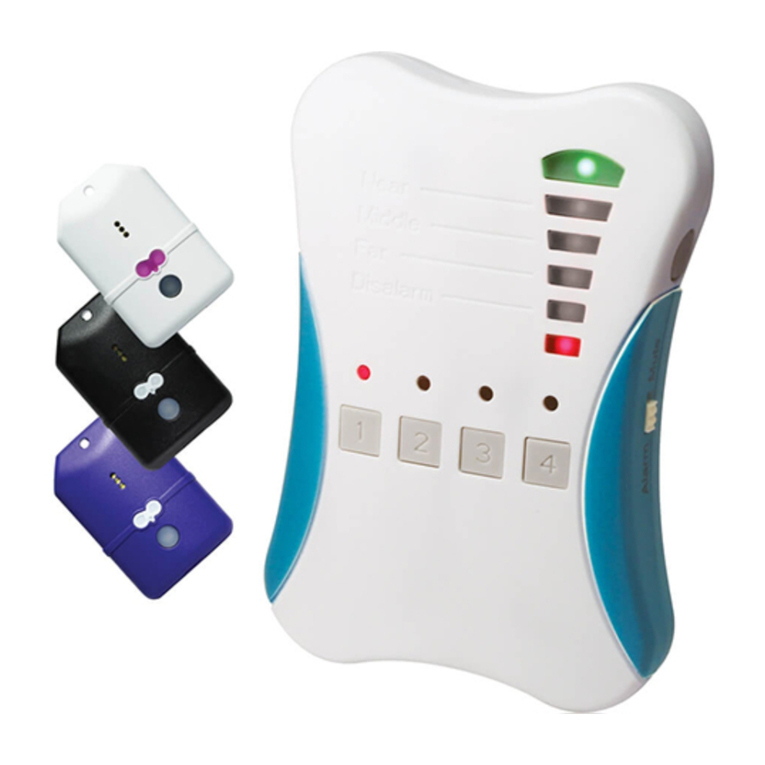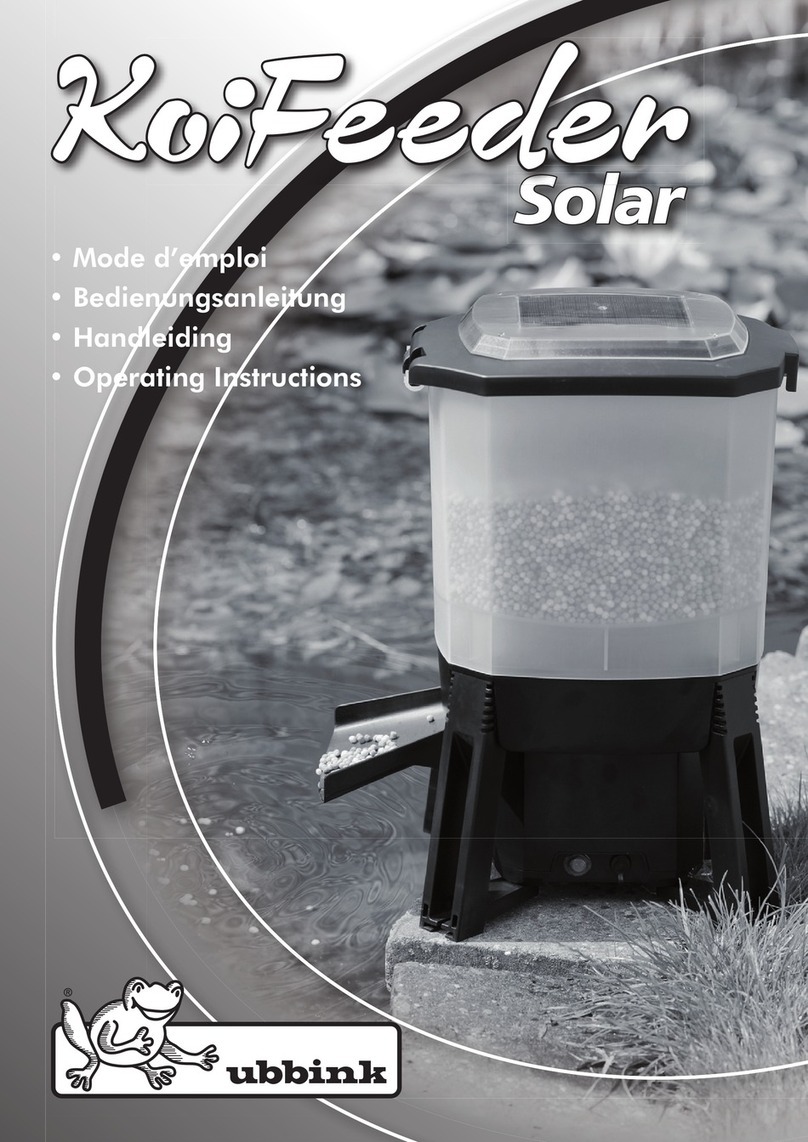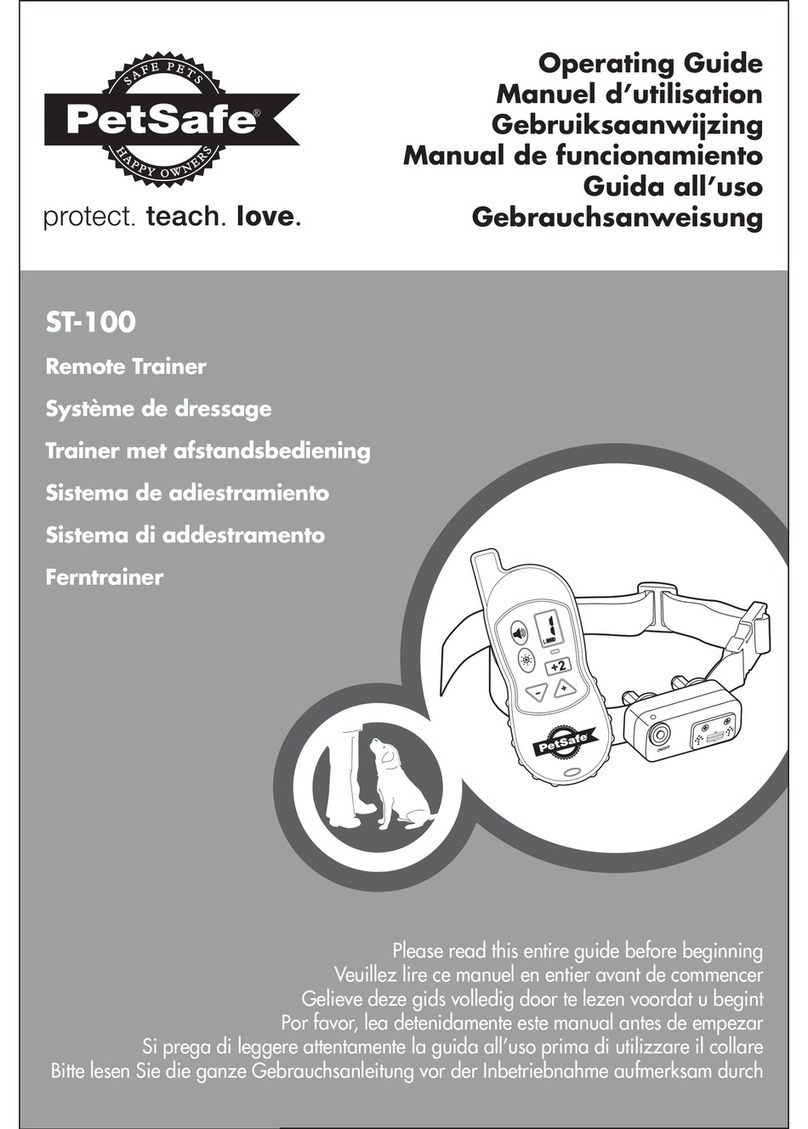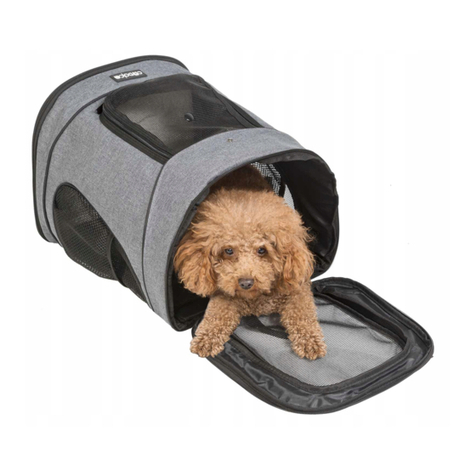User’s guide CANIFUGUE SMALL – indice A
10/12
●Cautions for use
−T e device s all be used wit provided power supply only.
−During thunderstorms unplug the transmitter power unit from the power outlet and especially
disconnect the antenna wire connector from the antenna wire socket.
−T e transmitter is not waterproof and must be installed indoor in a dry location (for example garage or garden
s ed): it can wit stand temperature c anges but will be damaged by water.
−T e system activates automatically as soon as t e animal enters t e unaut orized zone. However, despite t e
product’s excellent reliability, it may be set off unintentionally.
−To avoid unintentional triggering, your pet s ould not wear a tag, metallic collar, or any ot er collar toget er
wit t e pet fencing collar.
−Do not place or keep t e unit in places exposed to ig temperatures.
−Carefully c eck t at your pet fencing system operates properly if it as not been used for some time.
−Do not adjust or test your product w ile t e collar is on your pet.
−T e collar s ould not be worn inside t e ouse.
−The pet fencing system is a virtual boundary; you cannot consider it as a solid, foolproof barrier for
all pets.
−Eac animal reacts to static stimulations and to training in a different way. T erefore, NUM’AXES cannot
guarantee t at your pet will stay, in all circumstances, wit in t e perimeter you ave defined. T ere always will
be a risk of escape. Instinct can overcome training especially w en outside distractions tempt your pet (ot er
cats, ot er dogs, balls, bikes, neig bors…).
−Your pet’s temperament may not be compatible wit t e product. Do not esitate to contact a vet or
professional trainer for any furt er advice.
●Maintenance
−Avoid cleaning t e collar wit volatile liquids suc as solvents or cleaning fluids. Use a soft clot and neutral
detergent.
−T e strap can be was ed wit soapy water.
−In order to maintain water tig tness, we recommend t e replacement of t e seal located in t e receiver collar
every year.
●Troubleshooting
−S ould your pet fencing system develop a fault, first read t is guide over, t en c eck t e collar battery and
rec arge it if necessary. Also c eck t at you are using t e product correctly.
−C eck t e fit and tig tness of t e collar on your pet’s neck. Make sure t e contact points are in contact wit t e
animal’s skin. If necessary, replace t e s ort contact points wit t e long ones.
−Make sure t e contact points are correctly tig tened on t e collar.
−C eck t e wire connection to t e transmitter.
−C eck t e transmitter power supply (w en t e transmitter is On, t e green indicator lig t is On).
−C eck t at t e battery of t e receiver collar is sufficiently c arged (t e green LED flas es slowly). Proceed
c ecking of t e receiver collar wit t e generator off.
−If you encounter any problem of detection distances, c eck t e condition of t e wire and of t e connections
(oxidation, nick in t e wire).
−If necessary, carry out a c eck as described in t e § How to c eck t at your pet fencing system is functioning
properly.
If t e problem persists, contact your distributor or check out on www.numaxes.com.
You can also contact NUM’A ES at +33.2.38.69.96.27 or by Email export@numaxes.com.
Depending on t e extent of t e malfunction, you may ave to return your product for service and repair.
For all repairs please supply t e following:
−t e complete product
−t e proof of purc ase (invoice or sales receipt)
If you omit one of t ese items, t e after sales service will ave to invoice you for any repair costs incurred.
●Technical specifications
Transmitter
Power c arger: input 230 V, 50 Hz, 16 mA/output 15 Vdc, 200 mA
Tig tness s owerproof
